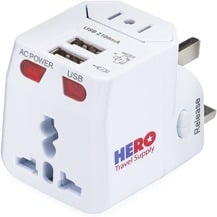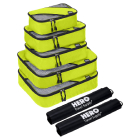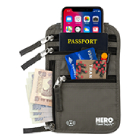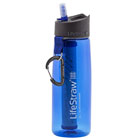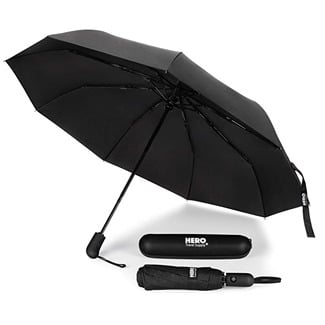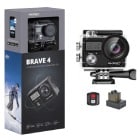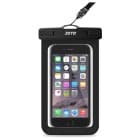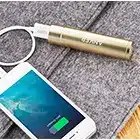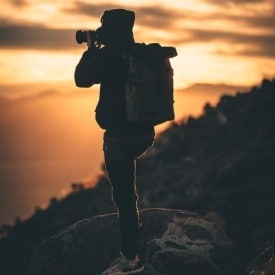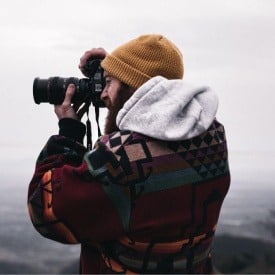Beach
Hot summer days at the beach are perfect for beautiful travel photography. You’ll catch shots of the waves, sand, seashells, people, boardwalks, palm trees, gorgeous sunsets, and mountains in the distance. With that, you’ll need to wear loose clothing to maneuver comfortably in the heat. Pull out your tank tops,
swimsuits,
crocs, sandals,
short sleeve plaid shirts, and sunglasses.
City Shots
There’s nothing like a stunning showcase of architecture, cuisine, landmarks, technology, parks, transportation, and everyday life in cities across the world. Here, the casual approach works best. Toss on some jeans, sneakers, and polo T-shirt. Loose-fitted drawstring pants, a crop top, and a lightweight sweater are great options if you’ll be out into the night.
Road Trip
Cross-country road trips are one of the most exciting forms of travel. You get to stop and see attractions, experience different cultures and witness dramatically changing landscapes. This is your chance to throw on some jogger sweats and your favorite T-shirt. If it’s hot, put on a sleeveless T-shirt, some UV protection sunglasses, and let the windows down. If it’s cold, toss on a nifty cotton sweater and wool socks while you listen to a podcast and think about all the amazing pictures you’re about to take.
Landscape Photography
Getting the best shot of an incredible landscape usually requires a lot of walking. Heck, you may even have to hop a fence or climb some rocks just to get a great vantage point. Make sure you’ve got a pair of comfortable walking shoes and hiking boots to match the terrain. Replace jeans with tactical cargo pants. If you must walk a great distance, bring along your utility vest to store your camera accessories.





